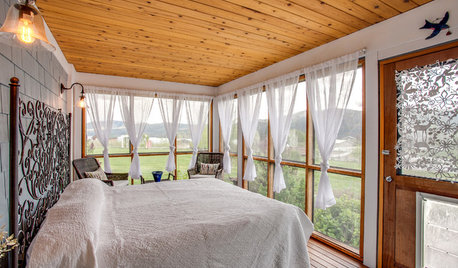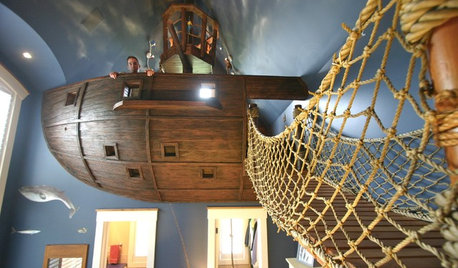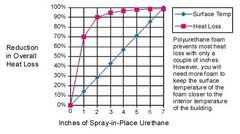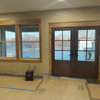Thickness of Closed Cell Foam
duckwacker
15 years ago
Featured Answer
Comments (10)
lclevel
15 years agoworthy
15 years agoRelated Professionals
Keansburg Architects & Building Designers · Portsmouth Architects & Building Designers · Shady Hills Design-Build Firms · Norco Home Builders · Westwood Home Builders · Brownsville General Contractors · Glenn Dale General Contractors · Homewood General Contractors · Jefferson Valley-Yorktown General Contractors · Lakewood General Contractors · Little Egg Harbor Twp General Contractors · Oneida General Contractors · Overlea General Contractors · University Heights General Contractors · Wright General Contractorsbdpeck-charlotte
15 years agoduckwacker
15 years agothull
15 years agodallasbill
15 years agobdpeck-charlotte
15 years agoBlackLightning
12 years agoThomas68
9 years ago
Related Stories

MATERIALSInsulation Basics: What to Know About Spray Foam
Learn what exactly spray foam is, the pros and cons of using it and why you shouldn’t mess around with installation
Full Story
GREEN BUILDINGEcofriendly Cool: Insulate With Wool, Cork, Old Denim and More
Learn about the pros and cons of healthier alternatives to fiberglass and foam, and when to consider an insulation switch
Full Story
FURNITUREHow to Buy a Quality Sofa That Will Last
Learn about foam versus feathers, seat depth, springs, fabric and more for a couch that will work for years to come
Full Story
GARDENING AND LANDSCAPING11 Ways to Make Your Sleeping Porch Even Better
Turn off that air conditioner and tune in to the delights of slumbering in the nighttime breeze
Full Story
EVENTSOn Show: The Ingenuity of Ancient Architecture
A German exhibit celebrates the diversity of traditional homes built with materials at hand
Full Story
BEDROOMSThe Right Mattress: The Secret to a Great Night’s Sleep
We spend a third of our lives asleep, so investing in a quality mattress is essential. Check out this expert advice to help you choose yours
Full Story
GREAT HOME PROJECTSUpgrade Your Windows for Beauty, Comfort and Big Energy Savings
Bid drafts or stuffiness farewell and say hello to lower utility bills with new, energy-efficient windows
Full Story
FEEL-GOOD HOMEHouzz Tour: 'Pirate House' Lures With Surprises
Batten down the hatches for a wild ride in Minnesota, from a lofty crow's nest to a twisty, tubular slide to a secret passageway and more
Full Story
GARDENING GUIDES15 Native Flowers That Feed Native Bees
These perennials offer superfood to hundreds of bees and are gorgeous in their own right
Full Story
BATHROOM DESIGNHow to Match Tile Heights for a Perfect Installation
Irregular tile heights can mar the look of your bathroom. Here's how to counter the differences
Full Story











Annie Deighnaugh